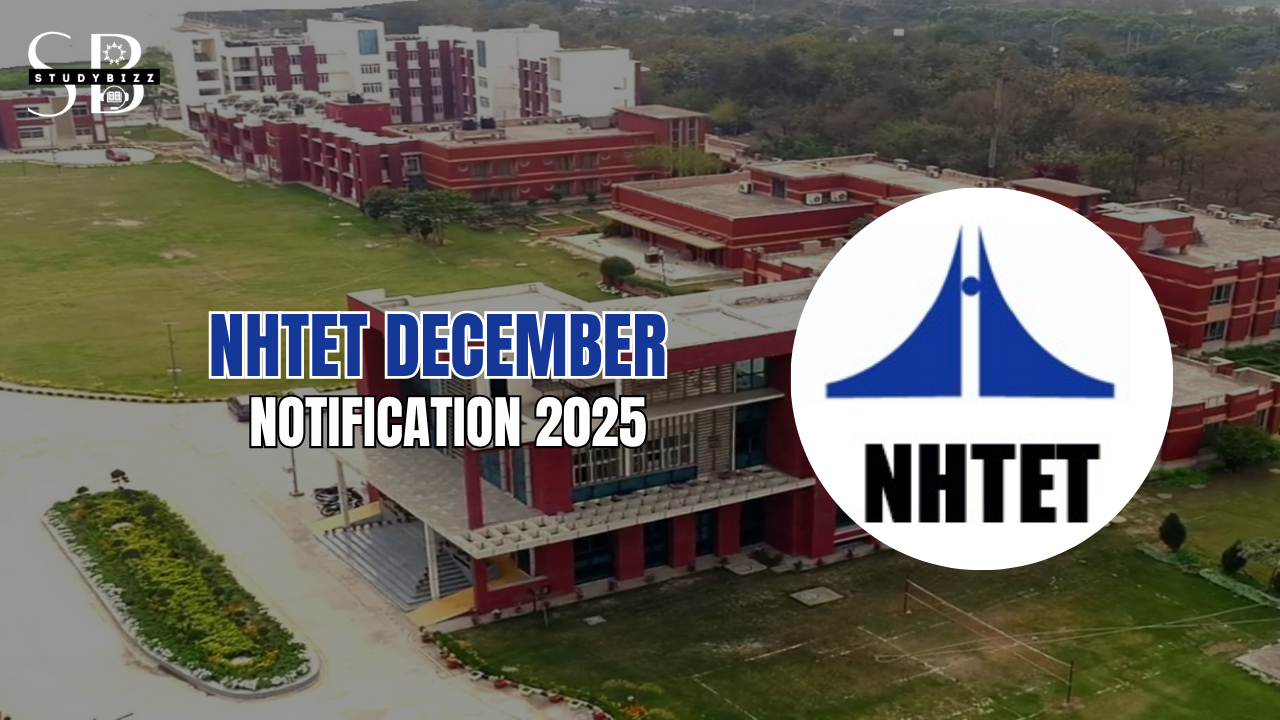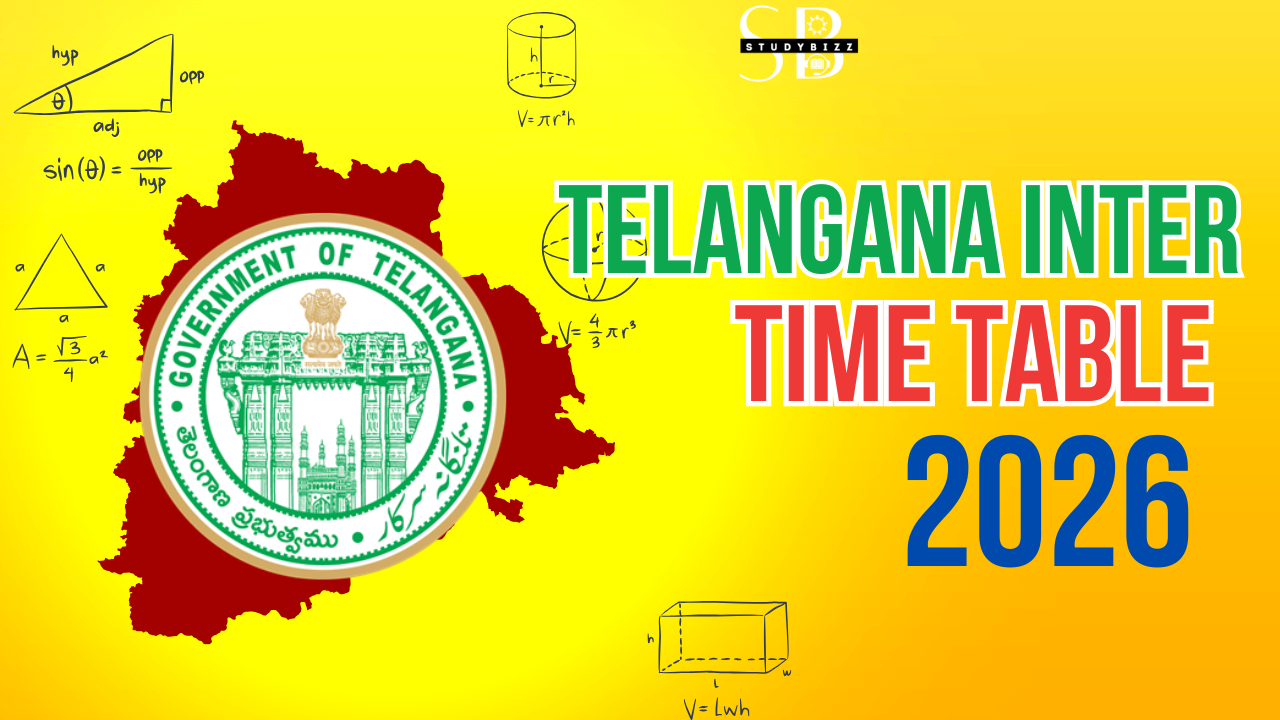The Kakatiya dynasty had a centralized and efficient system of administration with strong military plan, which helped them to maintain control over their kingdom and promote stability and prosperity. Contemporary books written during kakatiya period viz., like nitisara , purusharthasara , nithisara muktavali etc give idea about their administration.
Read More Details Below
This content is presented by studybizz.com
At Center the king was the supreme authority and was assisted by a council of ministers, who were responsible for different aspects of administration such as finance, justice, and military. maha pradhana, pradhana, preggada, amatya etc were some of the official names who assisted in the administration. Also assisted by ashtadasa thirthas with whom king consults often in making decisions.
Officials or employees in the court were divided into 72 niyogas and was headed by bahatthara niyogadipathi.
From Rudhrama Devi’s period , feudatory The kingdom was divided into provinces or Nadus, each of which was further divided into Sthalas. Sthalas were ruled by a governor (nayankars) appointed by the king. The nayankars were responsible for maintaining law and order, collecting taxes, and providing military support to the king. Each nayankars should maintain stipulated number of military troops. He was also assisted by a council of ministers and local officials.
Administrative divisions of Kakatiya Dynasty is as follows
Empire is divided into -> Nadu – > Sthala -> Grama [Each sthala is made up of around 20 gramas]
Synonyms used for Nadus : Seema, Bhumi , paadi, mettu paadi, maharaja paadi
Renadu, pakanadu, kamma nadu, sabbinadu, mulikinadu were few of the notable nadus
At few places , title sthalankara is also used. panningandru, ayyangandru were existing at village level. They used to distribute the work across various artisans like karanam, reddy, peddakapu, talari, purohita, kammari,kummari, mangali, chakali,shetti, charmakara etc
The kingdom also had a well-organized system of revenue collection, They collected part of the agricultural yield. Land revenue was the primary source of income. Also collected various taxes on agriculture and also from the artisans. This also included land taxes, customs duties, and tolls on trade. The revenue was collected by officials called amildars, who were appointed by the king. They also had to maintain records of land ownership, crop yields, and population.
In addition, the Kakatiya dynasty had a strong military, which was responsible for protecting the kingdom from external threats and expanding its territory. The military was divided into different units such as infantry, cavalry, and elephants, and was led by appointed commanders.
Judicial Administration of Kakatiyas
The Kakatiya dynasty had followed traditional methods for delivering justice. Advisors to the king in this matter were called padvivakas.
To sort out disputes at village level , various officials were appointed by king on demand basis. These officials used to solve the disputes with help of local mahajanas.
As per kreedabhiramam, expert committees were also been set up to resolve serious crimes.
commissions which existed for ashtadasha varnas had also involved to resolve the disputes pertaining to their varnas.
punishments were severe and even as severe at times the criminals were beheaded. Beejaccheda, kukshiccheda, shiraccheda were few such severe punishments. Veera bhatas at village level implemented these punishments.




Leave a Reply